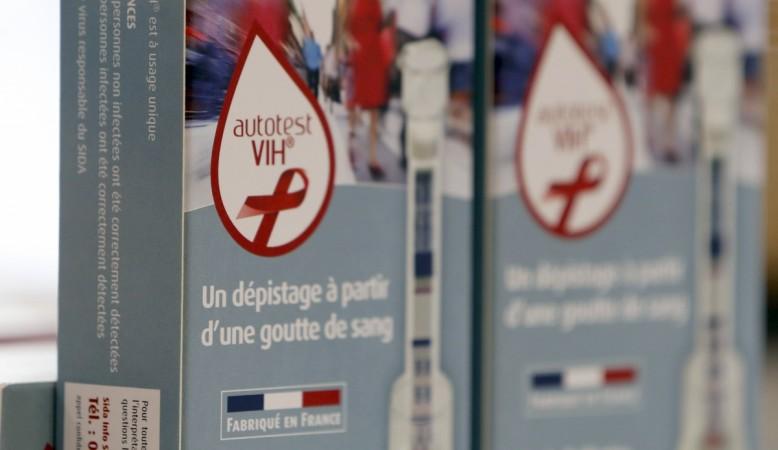December 1 is celebrated as World Aids Day since 1998 in order to spread awareness about HIV and AIDS.
The WHO has introduced new guidelines regarding HIV self-testing to help those infected with the virus access HIV diagnosis and increase its rate, which seems to be a breakthrough in AIDS epidemic termination.

According to the WHO, the lack of HIV diagnosis turns out to be a big hurdle in allowing the WHO to implement its recommendation to offer antiretroviral therapy (ART) to every HIV positive person.
Above 18 million HIV positive people are treating themselves with ART and a similar number of people are in need of it due to inaccessibility, WHO statistics revealed.
Around 14 million people, who comprise 40 percent of all HIV patients globally, are unaware of their HIV status. Majority of them are at a greater threat of HIV infection and face difficulty in accessing the available services.
"Millions of people with HIV are still missing out on life-saving treatment, which can also prevent HIV transmission to others," said Dr Margaret Chan, WHO Director-General.
"HIV self-testing should open the door for many more people to know their HIV status and find out how to get treatment and access prevention services," Dr Chan added.
HIV self-testing kit aids people in checking their HIV status. Here's the procedure to use this kit:
- One can check his/her HIV status by using the blood after a finger prick or by using oral fluid
- The results can be attained within a maximum of 20 minutes
- Those whose result is positive are advised to get checked at clinics
- WHO recommends the HIV positive people to get counselled and get treated quickly
The HIV self-testing kit will provide easy access to HIV testing and it will prove to be very beneficial for those with undiagnosed HIV and it would help them in getting treated at an early stage.
Here are some major breakthroughs in AIDS cure that were observed this year:
- Doctors from Barcelona, Spain, cured a 37-year-old HIV patient using blood transplants from the umbilical cords of the patient. The umbilical cords are found to have a general resistance to HIV.
- British Researchers from UK universities along with NHS came up with a method called "kick and kill" technique. The vaccine detects the virus and kills it, this technique helped in treating a 44-year-old British man, no detectable HIV was found in his blood sample after being treated.
- Israeli scientists developed a drug which lowered the count of HIV virus in the blood. This medicine is being tested and makes cells contaminated with HIV kill themselves without harming the healthy cells.
- Researchers from the Northwestern University revealed that despite being undetectable in the patient's blood, HIV replicates the new cells in the lymphoid tissue. The researchers came up with a technique to provide drugs at clinically effective concentrations to the patient in the part where the virus continues to replicate the other cells.








